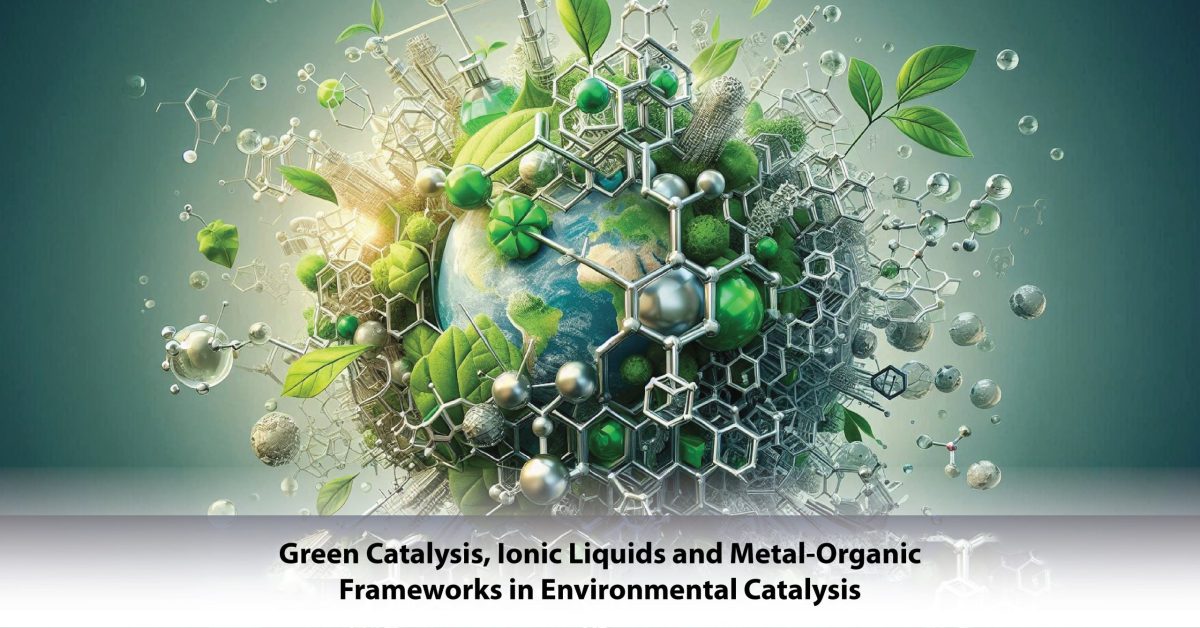Sustainable development has been eagerly sought after in recent times. Green catalysis has evolved as a prospective area that seeks to reduce the impact on the environment while maximizing efficiency in chemical processes. Two prominent players in this domain are ionic liquids and metal-organic frameworks. These advanced materials manifest special properties, which make them very efficient in many catalytic applications, especially in the field of environmental catalysis. Combinatorial chemistry of ILs and MOFs has gone a long way in achieving tremendous improvements in processes such as oxidative desulfurization, biodiesel production, and deep desulfurization of fuels. Elucidation of the symmetricality-related efficiency of reactions constitutes the main focus of the continuation of this article section.
Applications of Combinatorial Chemistry in ILs and MOFs
Ionic liquids are considered liquids at relatively low temperatures, usually less than 100 °C. They are composed of an organic cation and an inorganic or organic anion. These IL properties bestow it with low volatility, high thermal stability, and tunable solubility, making them very appropriate media for various catalytic applications. One of the most important advantages is that ILs can play the role of both a solvent and a catalyst, thus giving opportunities to further simplify the reaction process and increase its effectiveness.
In the context of green catalysis, ILs have been used in large quantities in processes of oxidative desulfurization. ODS is an important technique for desulfurizing fuels since its application is urgently required by strict environmental regulations. ILs make this process quick by enhancing the solubility of sulfur compounds and stabilizing catalytic intermediates. For example, IL-modified heteropolyacids displayed excellent catalytic activity in the process of ODS, realizing high efficiency in sulfur removal under very mild conditions. ILs have been incorporated into catalytic systems, and not only the activity has shown improvement but also the recyclability and stability of the catalyst.
